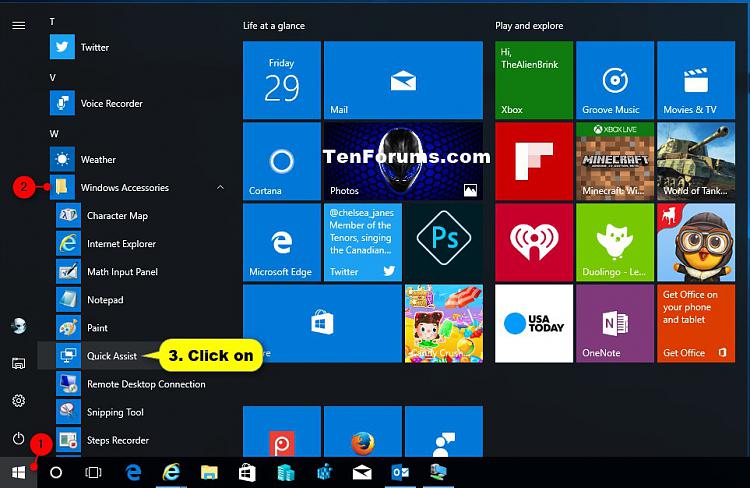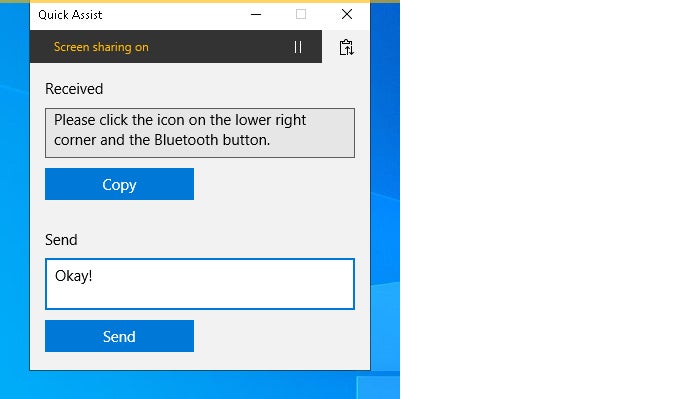

Quick Assist uses the Remote Desktop Protocol to let one PC user view and/or take control over another PC user's machine. Quick Assist lets two PC users provide remote help on computer issues. That's the gist of a Tuesday Microsoft Quick Assist announcement. Quick Assist is not a required Windows feature it is an optional Windows feature also called Windows Capability.Microsoft's Quick Assist app will be getting enhanced by Windows quality updates, starting this month and the next, and these updates may overcome issues associated with its switch to being a Windows Store app. To block Quick Assist, you can use Applocker, Windows Firewall, or simply remove it. It would also be great if Quick Assist created event log entries indicating a specific Microsoft account has remote controlled the machine. I also miss the ability to allow only specific accounts to offer remote control.

However, there is no Group Policy for this purpose as there is for Remote Assistance. Hackers could simply call users and tell them their computers have viruses and require remote cleaning. For some, Quick Assist is a great feature to offer remote assistance to road warriors wherever they are. Should you block or remove Quick Assist? Every organization has to make this decision. Quick Assist uses port 443, so you needn't open any additional incoming ports. The query from the client looks like this: "Query Operation, QResult: NoError, Query ID: 0xD8DB, OpCode: NoError, Query Name: .com, RR Type: A, RR Class: Internet, Answers: " When Quick Assist starts, it contacts the address .com and then receives the host IP that services this session. How Quick Assist communicatesĪll traffic is client-initiated, so it works great on networks using network address translation (NAT) and in Hyper-V virtual machines (VMs) using shared internet connections. The person with the remote-controlled machine can pause the screen sharing, for instance, to enter a username or a password.


 0 kommentar(er)
0 kommentar(er)
